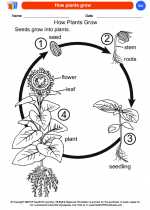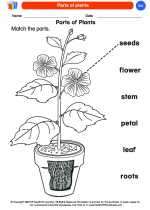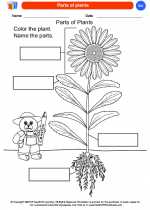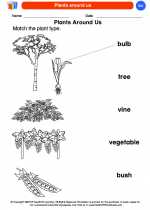Formation of Plateaus
Plateaus can be formed through several different processes. One common way that plateaus are formed is through volcanic activity. When a volcano erupts, it can create layers of hardened lava and volcanic ash that build up over time, forming a flat, elevated surface.
Another way that plateaus can form is through tectonic uplift. This occurs when the Earth's crust is pushed upwards by tectonic forces, creating a plateau. Erosion can also play a role in the formation of plateaus, as the gradual wearing away of the surrounding land can leave a flat, elevated surface behind.
Types of Plateaus
There are several different types of plateaus, each formed through different geological processes. Some plateaus are formed by the uplift of the Earth's crust, known as uplifted plateaus. Others are created by volcanic activity, known as volcanic plateaus. There are also dissected plateaus, which have been heavily eroded over time, and are characterized by a series of steep cliffs and valleys.
Importance of Plateaus
Plateaus are important for a variety of reasons. They are often rich in natural resources, such as minerals and water, making them valuable for agriculture and industry. Additionally, plateaus are often home to unique ecosystems and wildlife, making them important areas for conservation and biodiversity.
Study Guide
- What is a plateau?
- How are plateaus formed?
- What are the different types of plateaus?
- Why are plateaus important?
Additional Resources
For additional information on plateaus, you can explore resources on geology, geography, and environmental science. You may also want to look into specific examples of famous plateaus around the world, such as the Colorado Plateau in the United States or the Deccan Plateau in India.
[Plateaus] Related Worksheets and Study Guides:
.◂Science Worksheets and Study Guides Kindergarten. All About Plants

 Coloring Worksheet
Coloring Worksheet
 Coloring Worksheet
Coloring Worksheet
 Coloring Worksheet
Coloring Worksheet
 Coloring Worksheet
Coloring Worksheet
 Coloring Worksheet
Coloring Worksheet
 Coloring Worksheet
Coloring Worksheet
 Coloring Worksheet
Coloring Worksheet
 Coloring Worksheet
Coloring Worksheet
 Coloring Worksheet
Coloring Worksheet
 Coloring Worksheet
Coloring Worksheet
 Coloring Worksheet
Coloring Worksheet
 Coloring Worksheet
Coloring Worksheet
 Coloring Worksheet
Coloring Worksheet
 Coloring Worksheet
Coloring Worksheet
 Coloring Worksheet
Coloring Worksheet
 Coloring Worksheet
Coloring Worksheet
 Coloring Worksheet
Coloring Worksheet
 Coloring Worksheet
Coloring Worksheet
